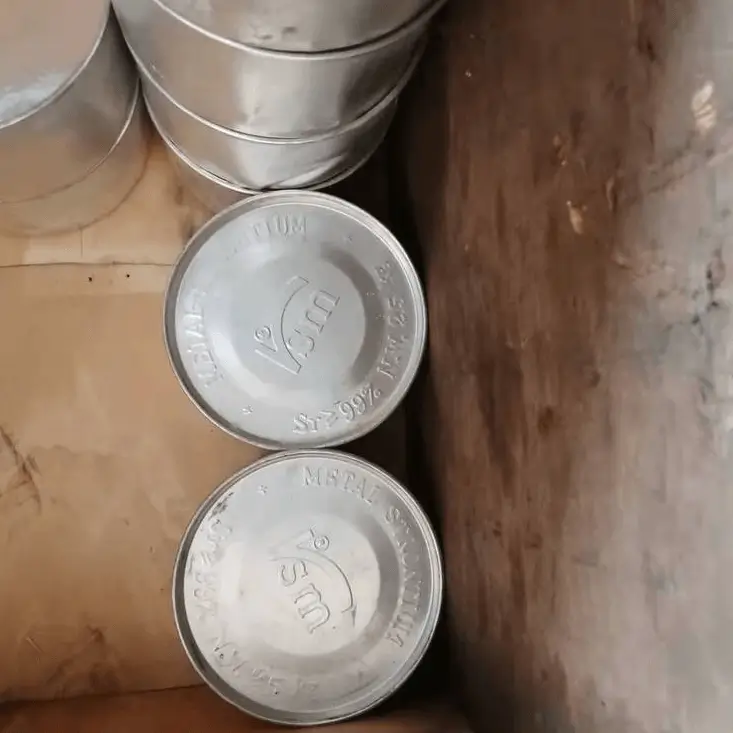Fancymetal offers high purity (customizable) metal products, as well as oxides, product shapes, foils, plates, wires, tubes, rods, powders and a variety of custom shapes.
We also have other strontium products:
Strontium Titanate
Strontium Aluminate
Strontium Oxide
Strontium is a chemical element with the symbol Sr. It was discovered between 1791 and 1792. When the British chemist and doctor Hope studied the ore, he was sure that it contained a new soil, so he named it strontia from its origin Strontian.
Strontium is a silvery white alkaline earth metal with a yellow luster. It is the second least abundant element among alkaline earth metals, second only to beryllium. The single substance can be obtained by electrolysis of molten strontium chloride. Strontium is widely present in soil and seawater. It is a trace element that has the function of preventing arteriosclerosis and thrombosis. It is used to make alloys, photoelectric tubes, fireworks, chemical reagents, etc. The isotope 90 strontium is radioactive with a half-life of 28.1 years and can be used as a beta-ray radiation source.
Preparation method:
Industrially, strontium salts are extracted from celestialite mines. The thermal reduction method is commonly used to reduce strontium oxide with aluminum to prepare metallic strontium, or to electrolyze molten strontium chloride and potassium chloride to prepare metallic strontium.
Applications:
✔ Strontium carbonate can produce other Sr compounds, which are used to purify Zn (remove Pb and Cd) for the manufacture of ceramic permanent magnets and used to manufacture television fluorescent screens. It is the most important Sr compound.
✔Sr(NO3)2 is used in pyrotechnic devices, SrO is used in aluminum smelting, and Sr and SrCl2 are used to repair teeth.
✔Sr(OH)2 has long been used to purify molasse.
✔Metallic strontium is used to make alloys, photoelectric tubes, and lighting lamps. Its compounds are used to make flares, fireworks, etc.
✔Strontium-87m has certain medical applications because it releases gamma rays.
Advantages:
✔ Strict quality control of raw materials, process control and pre-delivery processes.
✔ Strong technical capability makes it a reliable long-term supplier.
✔ Technical support: 24 hours technical support by email or phone.
History:
The discovery of strontium began with an ore.
In 1790, British doctor Crawford analyzed and studied this ore, dissolved it in hydrochloric acid, and obtained a chloride that was different from barium chloride in many aspects. This chloride is more soluble in water than barium chloride, and much more soluble in hot water than in cold water. It has a greater effect of lowering the temperature after dissolving in water. It also has a different crystal form from barium chloride.
Shortly thereafter, around 1791-1792, British chemist and doctor Hope studied this ore again and confirmed that it was a carbonate, but unlike barium carbonate, it was certain that it contained a new soil, so he named it strontia (strontium soil) from its origin, Strontian.
In this way, Lavoisier did not have time to include strontium soil in the element table published in 1789, but Davy caught up. In 1808, he used electrolysis to separate metallic strontium from strontium carbonate and named it strontium, with the element symbol Sr.

